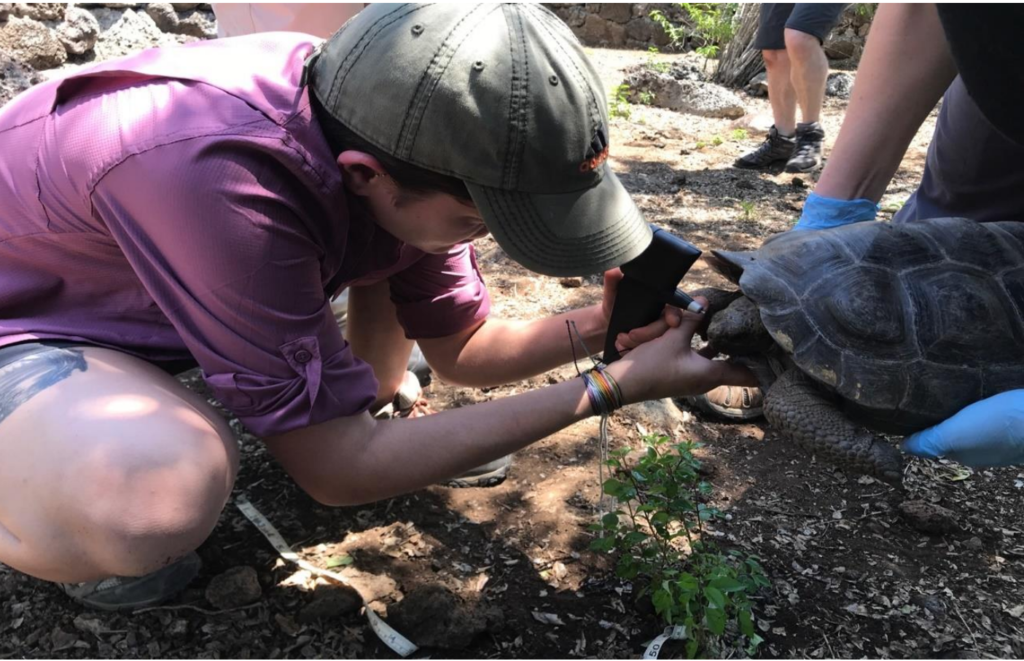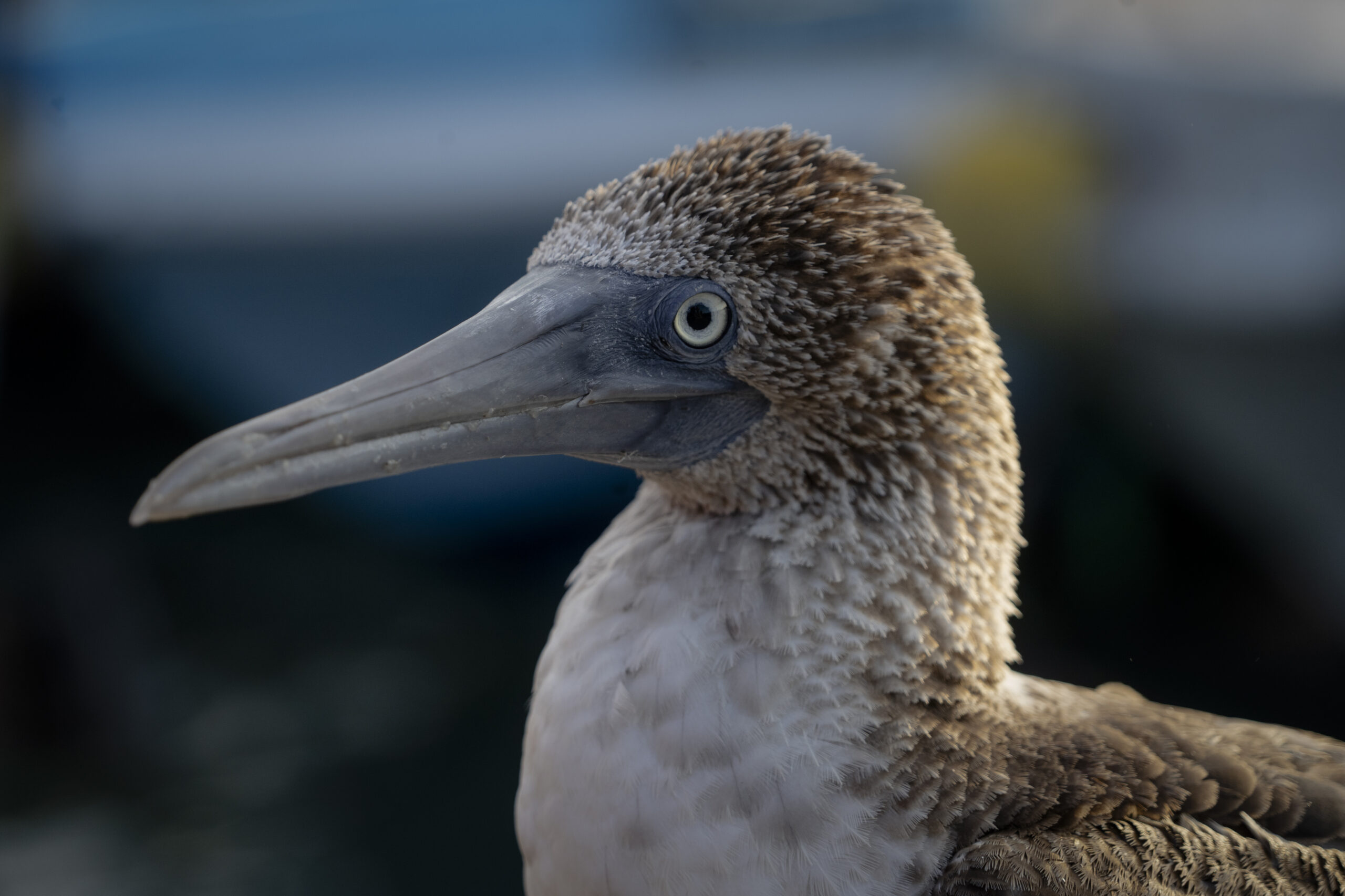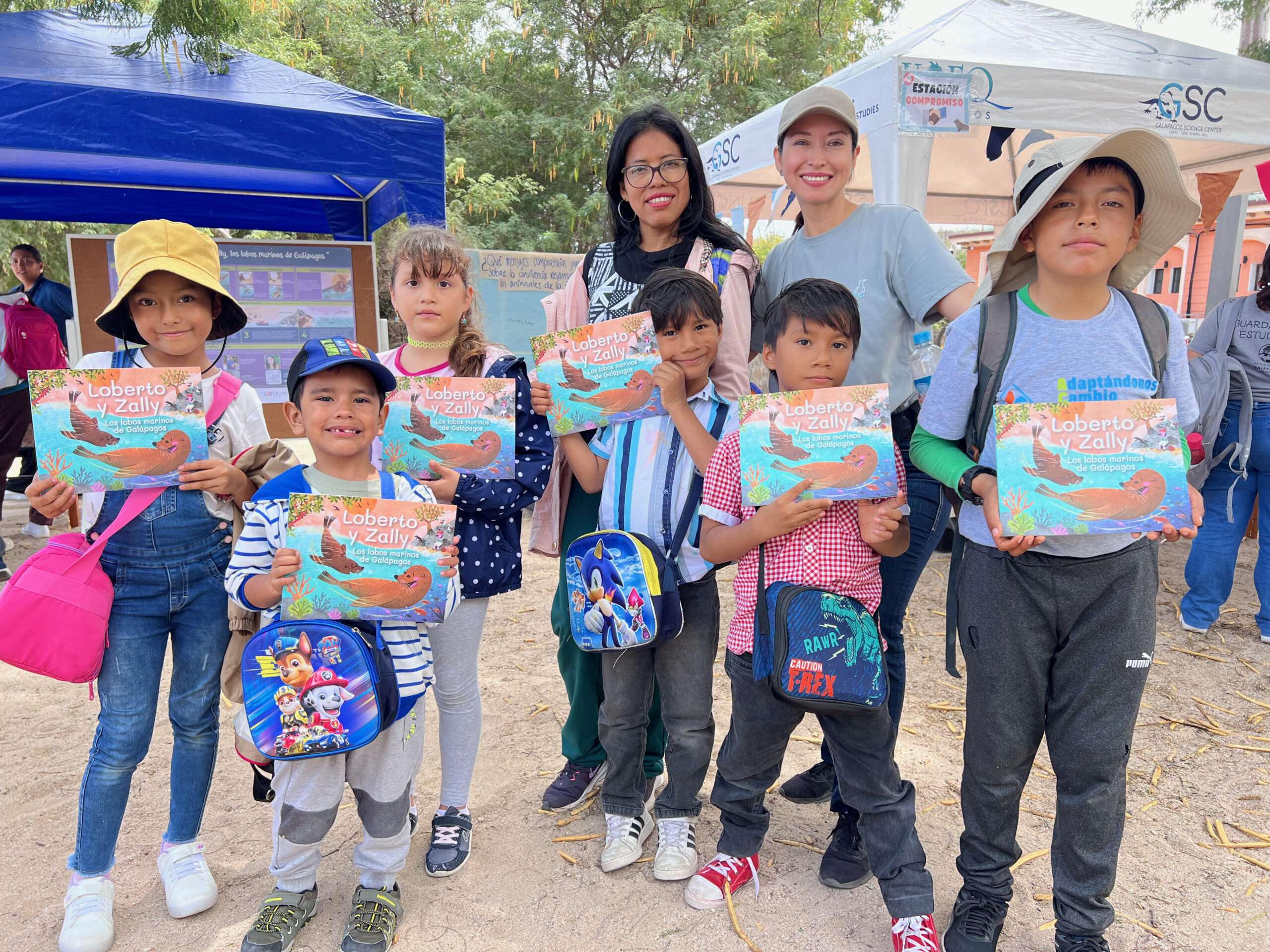Figure 1: A juvenile San Cristóbal Galápagos tortoise (Chelonoidis chathamensis) being minimally restrained in ventral recumbency for ocular rebound tonometry using a TonoVet® device
Published in International Journal of Veterinary Research | June 2022
Abstract
Intraocular pressure (IOP) is a quantitative assessment to help determine some pathology associated with the eye. Captive-reared Galápagos tortoises (Chelonoidis chathamensis) benefit from health assessments to make repopulation efforts as successful as possible. The goal of this study was to determine if intraocular pressure could be accurately assessed and to create a baseline measurement for intraocular pressure in Galápagos tortoises. Intraocular pressures were obtained from both eyes of 39 tortoises at the Galapaguera of Cerro Colorado on San Cristóbal Island during their health assessment examinations. The intraocular pressures were analyzed and compiled to determine a mean pressure of 13.38 mmHg±3.81 mmHg. Intraocular pressure is possible to obtain during health assessments in Galápagos tortoises, and additional measurements could lead to a reference interval.
Keywords: Genetic variability · Population structure · Conservation · Residency patterns · Ecuador · Mobula birostris
Read the article in the link: http://injvr.com/article-1-32-en.pdf






